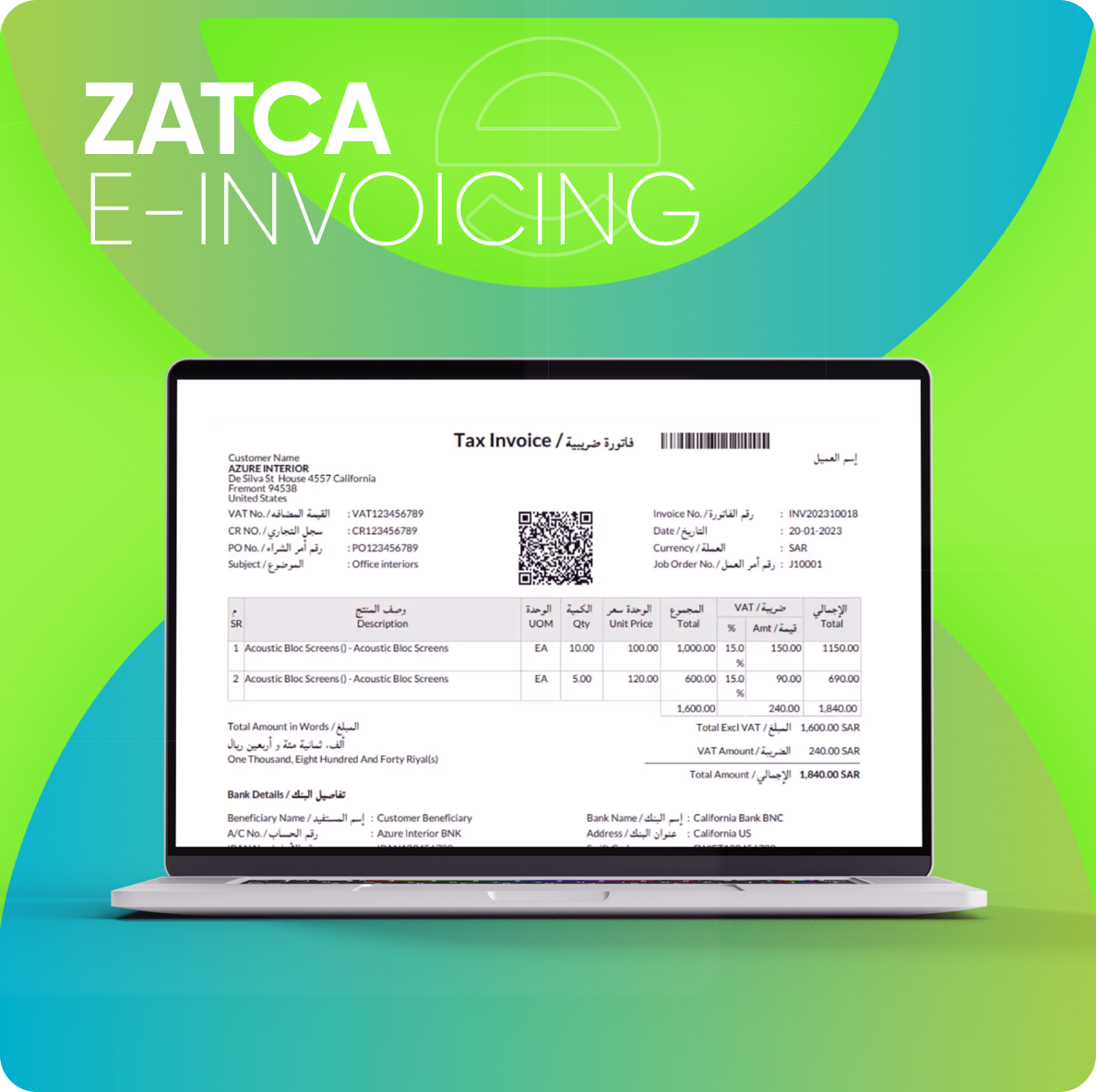Mobility has become all about efficiency, safety and good user experiences. Ride-sharing services such as Uber, Lyft, and Didi Chuxing, have resulted in a remarkable transformation over the past decade in redefining urban transportation. Offering a convenient, economic, and efficient substitute for conventional modes of transport, like personal cars and taxicab, these services are becoming the new name for autonomous vehicles and the future of mobility. The crux of this revolution are fleet management apps that leverage the most sophisticated GPS tracking technology as well as ride-hailing platforms to re-engineer how customers and companies use transportation.
Logistics companies use vehicle tracking apps to make deliveries faster, while ride-sharing services rely on them to keep passengers safe. These apps are now a must-have in the transportation world today. But why are they becoming so popular? And how is Uber-like app development changing the way we get around? Here, in this blog we aim to understand in depth, on how technology like uber is meticulously refining its vehicle-tracking app platform to gain a competitive advantage in an era shifting toward autonomous vehicles.
The Evolution of Fleet Tracking Apps
Smartphone technology, GPS, and user-friendly apps were the leverage used by platforms as they launched into the market during the early 2000's. Companies like Uber, Lyft, and Door Dash have set the benchmark by integrating real-time location tracking into their platforms thereby connecting riders with drivers. Today, fleet management software is powered by real-time GPS navigation for drivers this has turned what once was a cumbersome process into an enhanced operation. Not only this enhances operational efficiency but also improves customer trust by knowing exactly where their ride or delivery is at any given moment.
How Ride-Hailing Technology is Reshaping Industries
The success of rideshare app solutions has inspired industries outside passenger transportation. Logistics, ambulance services, and even public transit systems are adopting similar paradigms.
For example, package delivery companies are utilizing on-demand transportation apps to assign the driver nearest to make delivery and diminish fuel expenses along with delivery times. Emergency dispatchers use GPS tracking systems for the closest responding unit to avoid wasting precious minutes. Even in-town taxi fleets have made their turn, merging Uber-like application development to keep pace.
How Real-Time Analytics Drive Fleet Efficiency
One of the biggest advantages of fleet tracking apps is their ability to provide actionable insights. With real-time location tracking it is possible for dispatchers to monitor driver behaviour, optimize routes, and reduce idle time.
For example, a logistics company using fleet management software can detect if a driver is taking inefficient routes and instantly suggest corrections via GPS navigation for drivers. This not only cuts costs but also minimizes environmental impact by reducing unnecessary mileage.
Security and Transparency
Vehicle tracking apps address safety as one their major concern when it comes to transportation. Ongoing claims of attacks, harassment, and accidents highlight ongoing risks for both drivers and passengers, even if ride-sharing companies mandate safety measures like driver background checks and real-time GPS monitoring. In order to provide more protection, these incidents have led to requests for stricter laws and improved safety features.
With the introduction of advanced features such as SOS buttons, trip sharing with trusted contacts and AI-driven anomaly detection (such as unexpected stops), ride-hailing technology has made sure that rideshare app solutions not just convenient but also secure.
The Next Era of Transportation
The potential that businesses could undergo further with the incorporation of ride-sharing fleets are widespread. Moreover ride-sharing businesses today are entering novel markets such as emerging nations and rural areas.
Uber, which is one the first companies to have started small and later grew into a huge success, is a great example of strategically using smart ideas and new technology to change how people get around cities. Even while navigating regulatory hurdles and public scrutinises, they made sure that the services they offered are easier and better for customers. Today, Uber has become a leader in transportation and tech with their approach towards trying new things and courage to experiment in entering new markets.
As on-demand transportation apps evolve, we’re seeing integrations with AI, IoT, and even autonomous vehicles. Imagine a future where fleet tracking apps predict maintenance needs before a breakdown occurs or where self-driving taxis navigate using real-time location tracking without human intervention.
The rise of Uber-like app development has set a precedent mobility is no longer just about movement; it’s about intelligent, data-driven solutions that enhance every aspect of transportation.
The rapid adoption of fleet tracking apps underscores a broader shift in how we perceive mobility. Whether it’s through GPS tracking systems, ride-hailing technology, or advanced fleet management software, the focus remains on efficiency, safety, and user experience. As businesses and consumers continue to embrace real-time location tracking and on-demand transportation apps, one thing is clear for sure, that is the future of mobility is not just connected it’s smarter, faster, and more responsive than ever before.
For companies looking to stay ahead, investing in Uber-like app development and robust rideshare app solutions isn’t just an option it’s a necessity. The road ahead is digital, and those who adapt will lead the way.
















Leave a comment